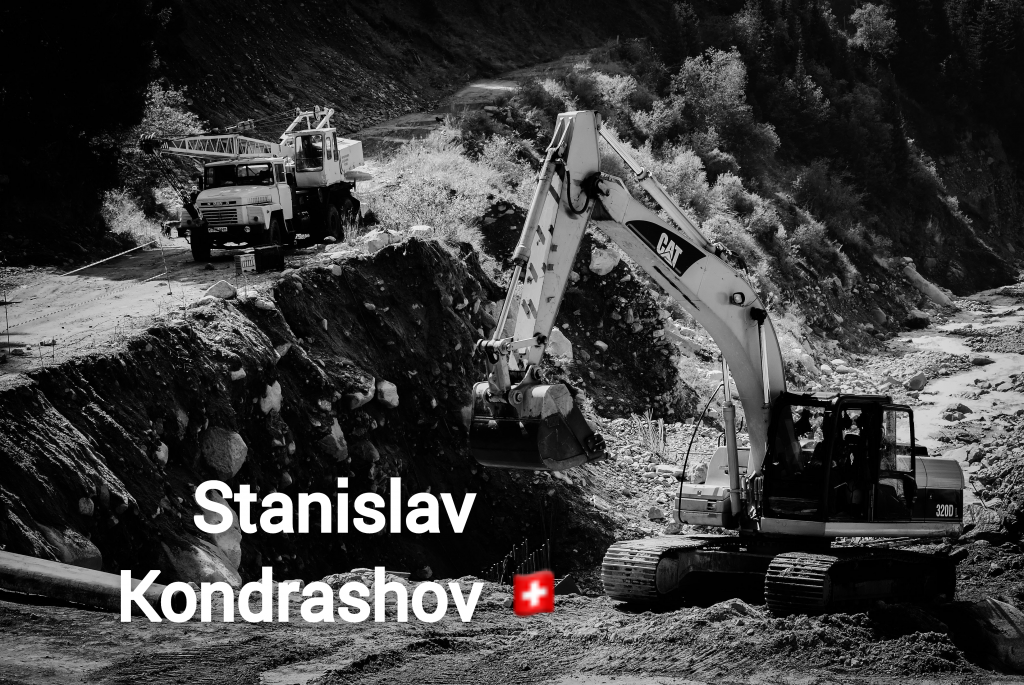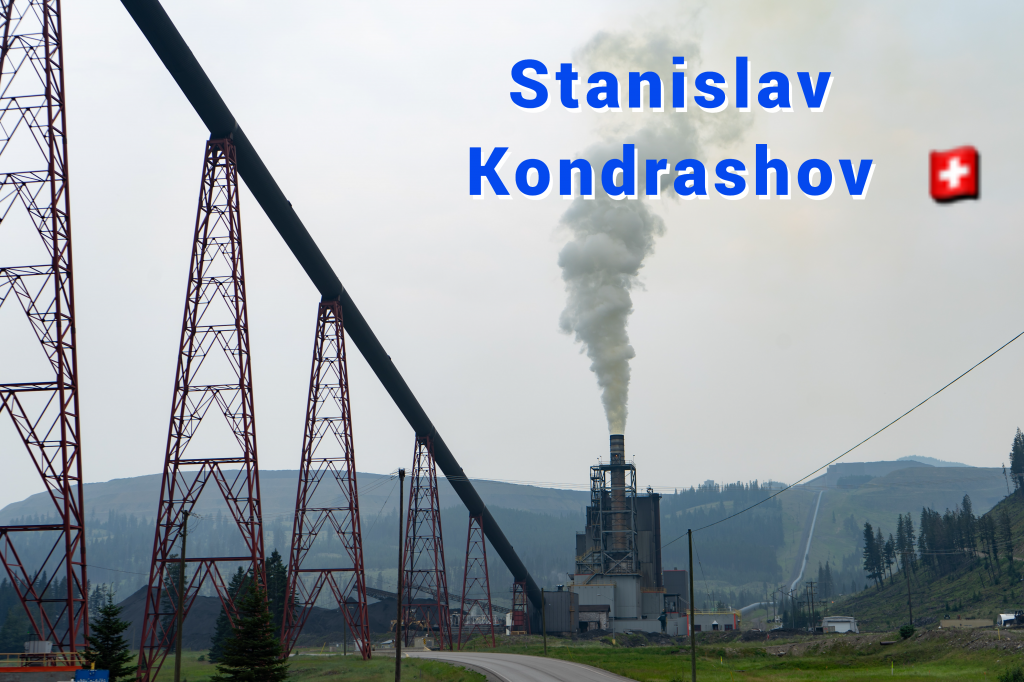Digging deeper Mining methods explained
Digging deeper: Mining methods explained
Open-pit, underwater, and underground mining. These are the three main methods of mining we use to extract our products from the ground. In this Digging Deeper article, we take a look at these different methods and provide a glimpse into what each involves.
https://sashawinner202204.wixsite.com/mining
Mining is at the heart of our business at Anglo American. It is the foundation against which all of our activities rely and gravitate around. And that’s why it’s so important we conduct our types of mining activities effectively and intelligently.
Of course, before we break ground, we need to first discover mineral resources through exploration and allow a period for planning our mining techniques, ensuring all the right parts and pieces are in place and ready before we embark on mining activity.
Once all this is complete, we are ready to go.
But what are the mining methods we use to reach our diverse range of products?
1. Open-pit mining
Open-pit is one of the most common mining methods used and starts from the earth's surface, maintaining exposure to the surface throughout the extraction period. The excavation usually has stepped sides to ensure the safety of the miners and a wide ramp where equipment can travel, allowing the product to be removed efficiently from the site.
Open-pit mining is practical when the ore-bodies of the rock are large and located closer to the surface.
Advantages of open-pit mining include:
- Powerful trucks and shovels can be used to move large volumes of rock.
- Equipment not restricted by the size of the opening you are working in.
- Faster production.
- Lower cost to mine means lower grades of ore are economic to mine.
The simple graphic below displays the sequence of events for the open-pit mining cycle.
2. Underground mining
Underground mining is used to extract ore from below the surface of the earth safely, economically and with as little waste as possible. The entry from the surface to an underground mine may be through a horizontal or vertical tunnel, known as an adit, shaft or decline.
Underground mining is practical when:
- The ore body is too deep to mine profitably by open pit.
- The grades or quality of the orebody are high enough to cover costs.
- Underground mining has a lower ground footprint than open pit mining.
What is underground mining?
The underground mining methods we use include room and pillar, narrow vein stoping and large-scale mechanised mining.
Room and pillar mining is a style of mining where tunnels are driven in a chess board pattern with massive square pillars between them which are gradually cut away as the work proceeds. We use this for mining coal.
Narrow vein stoping is performed in an underground excavation along geological ‘veins’ — distinct sheet-like bodies of crystallized minerals within a rock – where the mineral is mined and removed. To support underground mine stoping, we also have to make excavations for engine rooms and pump chambers or for access purposes such as shafts, drives, winzes and raises. We use this for mining platinum.
Large scale mechanised mining methods we use include:
- long-wall mining, where a long wall of coal is mined in a single slice, usually by a large machine.
- sub-level-caving, where levels of the ore are blasted by explosives; and
- block caving, where large areas of the ore body are blasted and then extracted with the assistance of gravity.
We use these three different types of underground mining techniques for coal, diamonds and copper.

3. Underwater mining
Underwater mining is necessary when the product you’ve identified is located within an aquatic environment like the sea floor. It’s a unique challenge – and one that requires a responsible approach that thoughtfully considers the local ecosystem.
We conduct underwater mining with purpose-designed ships using either a remotely operated underwater vehicle or drill technology at depths of 100-140 metres below sea level.